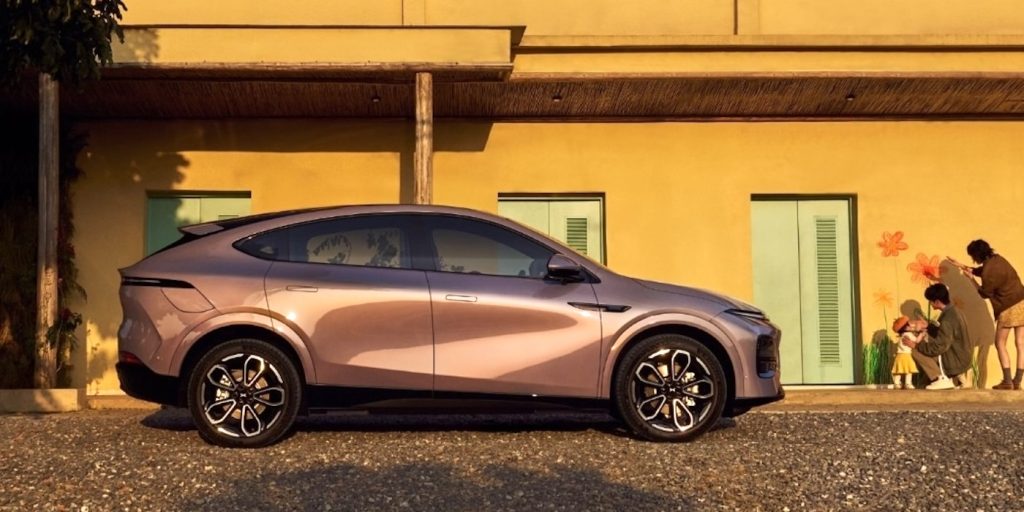Delhi-ghtful! India mulls 2035 ICE ban, blocks fuel sales to older vehicles

In a bold bid to combat the crippling air pollution crisis in its capital, Delhi, Indian lawmakers have begun high-level discussions about a plan to phase out gas and diesel combustion vehicles by 2035 – a move that could cause a seismic shift in the global EV space and provide a cleaner, greener future for India’s capital.
Long considered one of the world’s most polluted capital cities, Indian capital Delhi is taking drastic steps to cut back pollution with a gas and diesel engine ban coming soon – but they want results faster than that. As such, Delhi is starting with a city-wide ban on refueling vehicles more than 15 years old, and it went into effect earlier this week. (!)
“We are installing gadgets at petrol pumps which will identify vehicles older than 15 years, and no fuel will be provided to them,” said Delhi Environment Minister Manjinder Singh Sirsa … but they’re not stopping there. “Additionally, we will intensify scrutiny of heavy vehicles entering Delhi to ensure they meet prescribed environmental standards before being allowed entry.”
Making it prohibitively difficult for Dehli’s residents to own and operate older, presumably more polluting vehicles is one way to reduce harmful emissions and air pollution, but Sirsa’s team isn’t just targeting newer vehicles. They’re also planning to deploy more than 900 electric transit buses, part of a larger plan to replace 5,000 of the city’s 7,500 total bus with lower- or zero-emission options this year alone.
Advertisement - scroll for more contentThe Economic Times is reporting that discussions are underway to pass laws requiring that all future bus purchases will be required to be electric or “clean fuel” (read: CNG or hydrogen) by the end of this year, with a gas/diesel ban on “three-wheelers and light goods vehicles,” (commercial tuk-tuks and delivery mopeds) potentially coming 2026 to 2027 and a similar ban privately owned and operated cars and bikes coming “between 2030 and 2035.”
Electrek’s Take

Top comment by Michael Oneshed Kkimit
Liked by 4 peopleI continue to hold that small commuter and delivery vehicles are absolutely the best first market for EVs.
After a Chinese government study linked air pollution caused by automotive exhausts and coal-fired power plants to more than 1.1 million deaths per year in 2013, the nation’s government took serious action, shuttering older coal plants and imposing strict emissions standards. The country also incentivized EV adoption through license-plate lotteries favoring electric cars and a nationwide EV mandate set to kick in by 2030.
The results were astounding, and the technological innovations that have come from an entire nation of talented engineers all “pulling in the same direction” have put the West to shame, with Western auto executives repeatedly sounding the alarm and lobbying for tariffs and other protectionist policies on both sides of the Atlantic.
To see India make move towards a gas and diesel ban like this, and on such an aggressive timeline, can only mean that they’ve been paying attention … and America is about to fall even further behind.
SOURCE: India Times; featured image by Sumita Roy Dutta.
免责声明:投资有风险,本文并非投资建议,以上内容不应被视为任何金融产品的购买或出售要约、建议或邀请,作者或其他用户的任何相关讨论、评论或帖子也不应被视为此类内容。本文仅供一般参考,不考虑您的个人投资目标、财务状况或需求。TTM对信息的准确性和完整性不承担任何责任或保证,投资者应自行研究并在投资前寻求专业建议。
热议股票
- 1
- 2
- 3
- 4
- 5
- 6
- 7
- 8
- 9
- 10